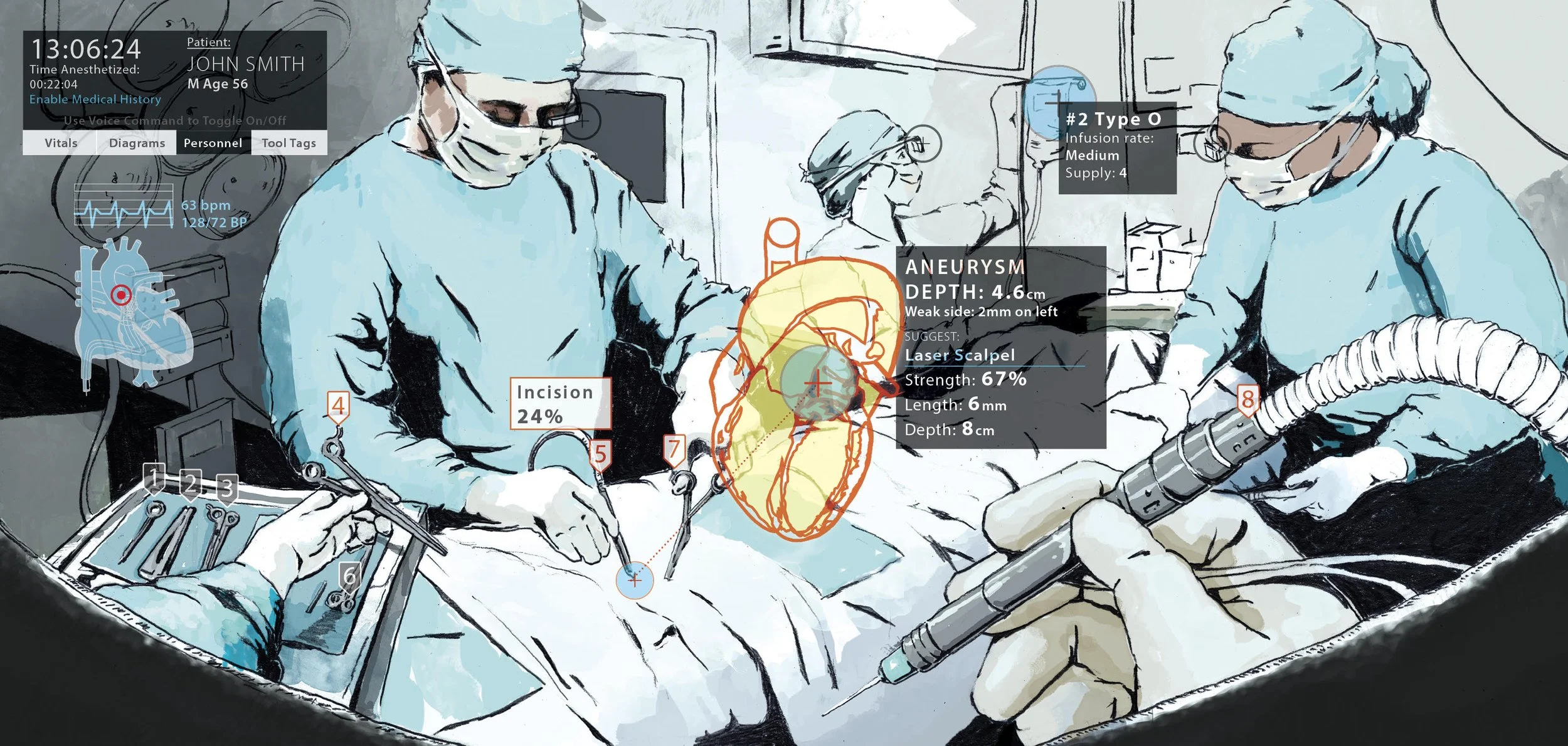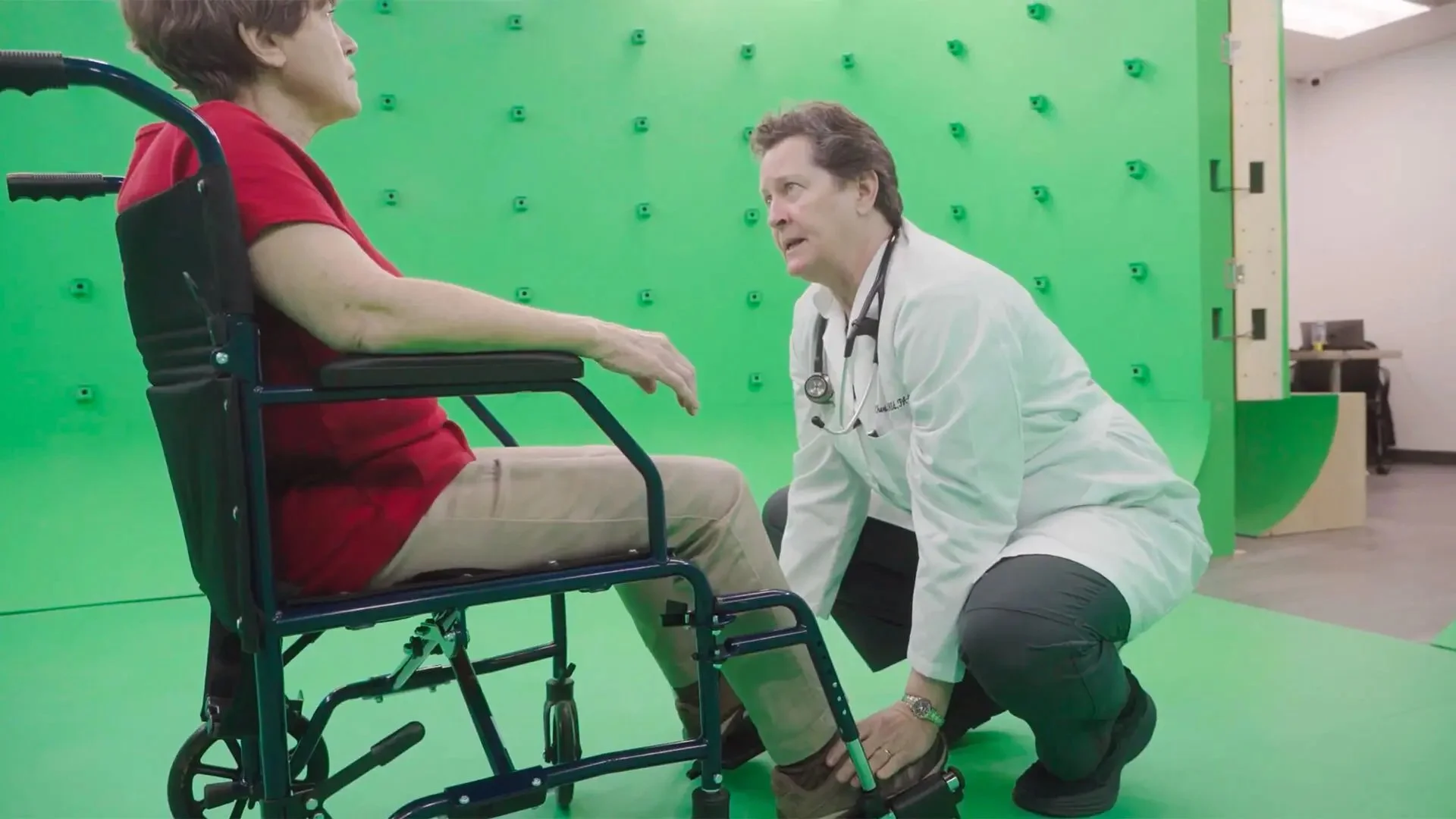Immersive Visualization
Immersive visualization facilitates visual knowledge discovery from scientific and medical dataset that are incredibly challenging to visualize. The virtual world of the metaverse is the next horizon in health care. Immersive virtual reality/augmented reality (VR/AR) technologies for medical education have the potential to fundamentally change, improve, and reduce the cost of training and maintaining skills across all aspects of health care—in Maryland, across the United States, and in developing countries worldwide.
Currently, surgeons and other healthcare providers must remember how to perform surgical procedures. This is especially problematic for complex and often emergent operations like femoral artery closure, upper extremity fasciotomy, and subclavian artery procedures.
The UM-IHC will develop VR and AR tools for healthcare scenarios such as:
Clinical encounters and patient interviews
Planned surgeries and medical procedures
Immersive analytics for healthcare
Education and communication
The UM-IHC will facilitate immersive playback experiences from high-fidelity VR recordings that can be navigated in space and time for learning.
Immersive computing, through VR, AR, or a combination of both, has the capacity to significantly increase communication, situational awareness, critical thinking, and decision-making.
MEDICAL TRAINING COMES TO LIFE IN
VIRTUAL REALITY SIMULATION
Collaborators: Amitabh Varshney (UMCP) and Cheri Hendrix (UMB)
Physician assistant students outfitted with virtual reality (VR) goggles immerse themselves in a simulation representing a common stroke scenario. In the experience, the students watch Dr. Hendrix evaluate a patient as if they were with her, seeing what Hendrix sees and even “walk around” in virtual space to view the exam from different vantages.
The imaging facility used to create the scene, called the HoloCamera, was built by University of Maryland, College Park computer visualization experts in response to Varshney’s research showing that people in immersive environments recall information almost 9% better than people who watch traditional instructional videos or read textbooks.
The HoloCamera features volumetric capture technology, relying on 300 high-resolution cameras precision-mounted in a green room studio to film subjects in 360 degrees. The collective ultra-high-definition footage was fused together using UMCP-developed hardware and software featuring artificial intelligence.
The project was partially funded by a $1 million National Science Foundation grant led by Varshney.
To study the HoloCamera’s effectiveness in a stroke patient setting, Hendrix will compare a group of students trained with the tool with a control group receiving traditional classroom instruction. In the years ahead, the team plans to apply the tool to anatomy education and surgical training at the University of Maryland Medical Center in Baltimore.


